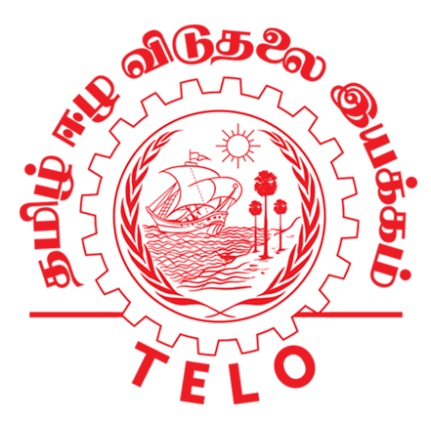Sri Lanka’s economy is estimated to contract 9.2 percent in 2022 and another 4.2 percent in 2023, a World Bank projection has said.
“In Sri Lanka output is estimated to have fallen by 9.2 percent in 2022 as the government ran out of the foreign exchange needed to cover food and fuel imports,” the World Bank said in it January 2023 economic outlook.
“The rupee plummeted, and imports contracted sharply. While the authorities are now implementing a stabilization program, the country faces continuing shortages of food, energy and medical supplies.”
Sri Lanka’s rupee collapsed from 200 to 360 to the US dollar and low wage earners especially in urban areas are finding food too expensive, though there are no ‘shortages’ in the market.
As of January 2023, egg production has collapsed after the Consumer Affairs Authority slammed price controls on eggs forcing farmers to kill their flocks amid high feed prices.
However, rice harvests have improved and farmers are complaining that paddy rice prices are falling.
“The crisis and its repercussions have increased poverty and reversed much of the country’s income gains over the past decade,” the World Bank report said.
Sri Lanka and Pakistan have the worst central banks in South Asia making possible only for the rich to live comfortably and dragging down people who barely move out of poverty back down after each episode of mist-targeting interest rates triggering forex crises, critics say.
There have been calls to tighten laws to restrain the central bank’s open market operations and its ability to mis-target rate but due to a lack of a doctrinal foundation in sound money flexible or discretionary policies are encouraged.
Sri Lanka is to legalize ‘inflation targeting’ without a floating exchange rate called ‘flexible’ inflation targeting shortly.
A separate World Bank survey found that only 2 percent of ‘experts’ knew that forex shortages were caused by central bank mis-targeting of rates while operating a reserve collecting peg.
Related South Asia, Sri Lanka currency crises; only 2-pct know monetary cause: World Bank survey
According to World Bank estimates Sri Lanka’s poverty (measured by the World Bank’s $ 3.65 international poverty line in 2017 Purchasing Power Parity terms) are estimated to have doubled, from 13.1% in 2021 to 25.6% in 2022 following the latest rate flexible exchange rate episode.
The 2020/2022 liquidity injection and flexible exchange rate episode is estimated to have thrown 2.7 million people into poverty. Urban poverty is estimated to have tripled to 15 percent.
In Sri Lanka monetary instability has worsened especially from the fourth quarter of 2014 amid highly discretionary policy operated under ‘flexible’ inflation targeting where previous restraints on domestic operations were removed triggering serial currency crises and output shocks.
Errors in mis-targeting rates with purchases of domestic assets and flooding money markets with excess liquidity (to target middle of the policy corridor up to 2018 and to buy up large volumes of maturing bonds after 2020) were then compensated by depreciation.
Sri Lanka defaulted after fiscal and monetary stimulus unleashed in 2020 to counter a ‘persistent output gap’ from the stabilization policies in the wake of previous two currency crises
“In Sri Lanka, output is expected to contract again in 2023, by 4.2 percent,” the World Bank said.
“The forecast for growth in 2023, like the estimate for 2022, has been revised down owing to ongoing foreign currency shortages, the effects of higher inflation, and policy measures designed to restore macroeconomic stability.”
Sri Lanka was originally expecting an IMF program to be in place and new funds to flow in from January 2023 but the IMF has been delayed due to delays in getting assurances from bilateral creditor on debt re-structuring.
Sri Lanka engages in repeated stabilization programs with the IMF, after mis-targeting rates and triggering external crises and has gone to the IMF 16 times before the default.
The cycle involves enforcing artificially low interest rates with rate cuts based on several claims: an indeterminate portion of inflation seen is not ‘demand driven’, core inflation is low and that the market is wrong.
After the credibility of the exchange rate is lost rates are then hiked to excessive levels, the currency is anyway depreciated, and there is a scramble to hike utility tariff as currency depreciation expands losses of state enterprises.
In earlier currency crises Sri Lanka did not have market access and had lower levels of market debt and managed to avoid default.
Source: Economy Next





